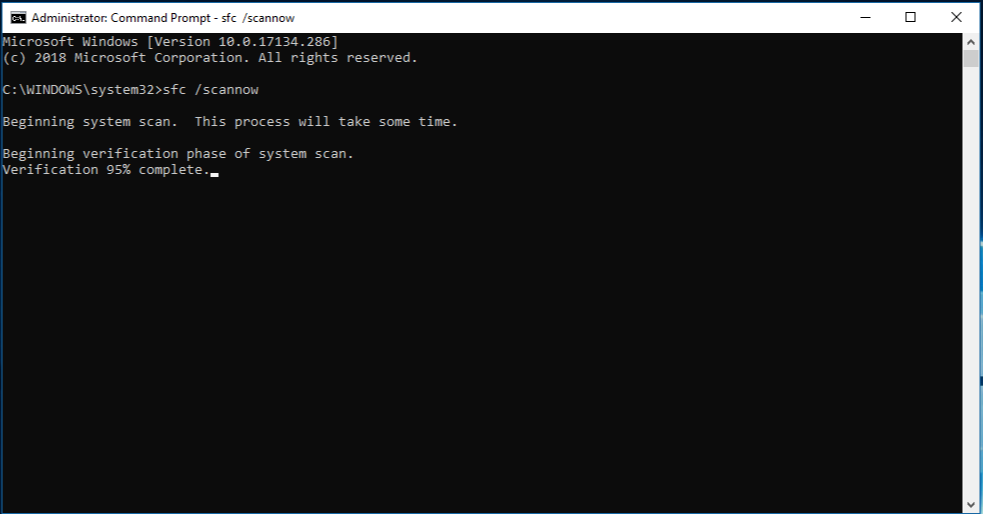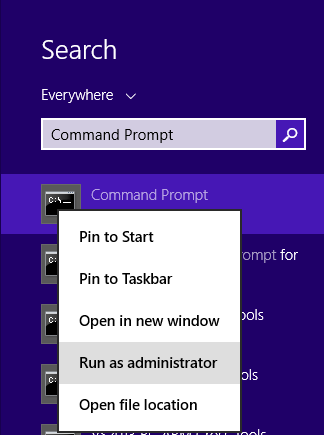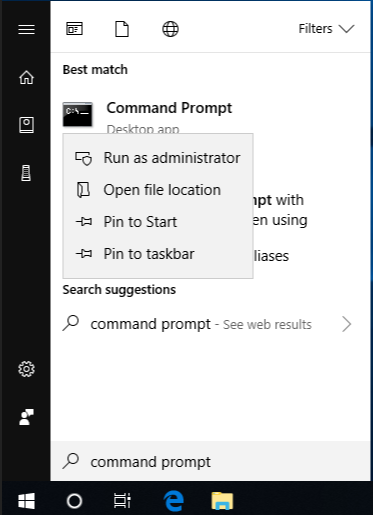These are official Microsoft steps for Windows 7, Windows 8, Windows 10 and Windows 11.
If some of your Windows functions aren't working correctly or Windows is crashing, you can use the System File Checker to scan Windows and restore your files!
__________________________________________________________________________________
Run the System File Checker tool (SFC.exe)
To do this:
- Open an elevated command prompt. To do this, do the following as appropriate:
- If you are running Windows 10, Windows 8.1 or Windows 8, first run the inbox Deployment Image Servicing and Management (DISM) tool prior to running the System File Checker.
- If you are running Windows 7 or Windows Vista, skip to Step 3.
Type the following command, and then press Enter. It may take several minutes for the command operation to be completed. DISM.exe /Online /Cleanup-image /Restorehealth
To do this, run the following command instead: DISM.exe /Online /Cleanup-Image /RestoreHealth /Source:C:\RepairSource\Windows/LimitAccess
Note: Replace the C:\RepairSource\Windows placeholder with the location of your repair source. For more information about using the DISM tool to repair Windows, reference "Repair a Windows Image" here,.
- At the command prompt, type sfc /scannow and then press Enter

The sfc /scannow command will scan all protected system files, and replace corrupted files with a cached copy that is located in a compressed folder at %WinDir%\System32\dllcache.
The %WinDir% placeholder represents the Windows operating system folder. For example, C:\Windows.
Note: Do not close this Command Prompt window until the verification is 100% complete. The scan results will be shown after this process is finished.
Windows 8.1 or Windows 8
- Swipe in from the right edge of the screen
- Tap Search - or, if you are using a mouse, point to the lower-right corner of the screen, and then click Search
- Type Command Prompt in the Search box
- Right-click Command Prompt
- Then click Run as administrator
- If you are prompted for an administrator password or for a confirmation, type the password or click Allow

Windows 10, Windows 7 or Windows Vista
- Click Start
- Type Command Prompt or cmd in the Search box
- Right-click Command Prompt
- Then click Run as administrator
- If you are prompted for an administrator password or for a confirmation, type the password or click Allow

To find more information on this process and what your sfc scan might be revealing, you can head over to the official Microsoft website by clicking here.
